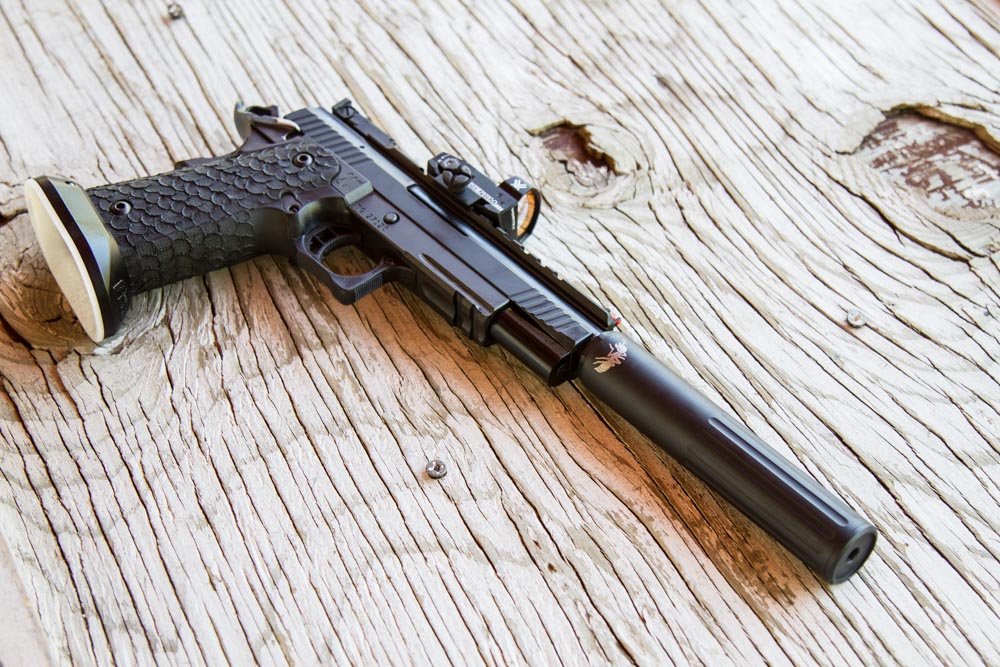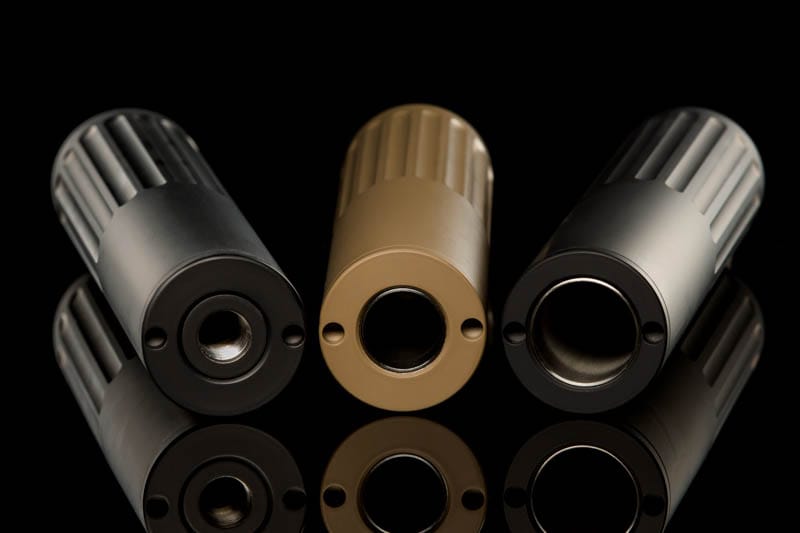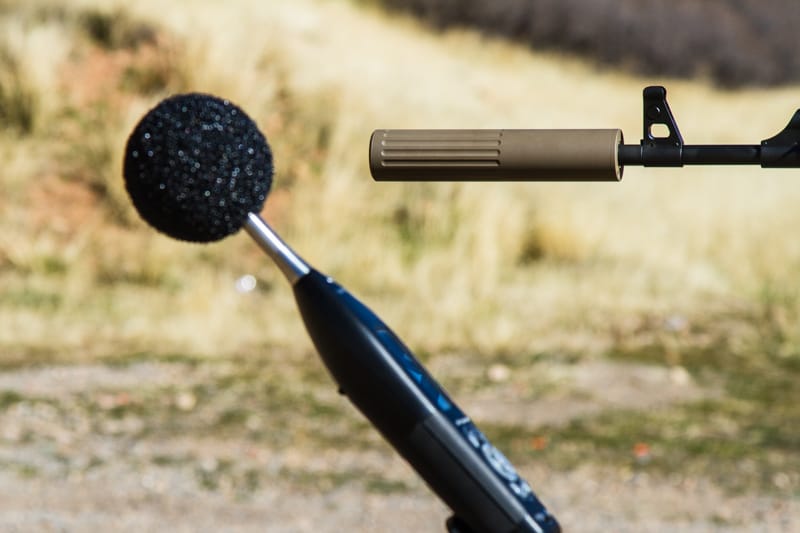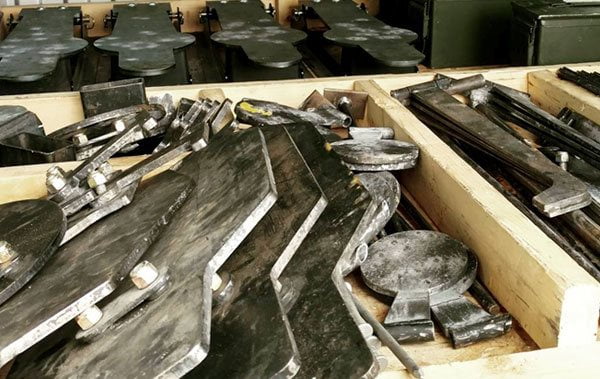Nearly every time we show someone one of our suppressors at a demo, we’re asked about direct-thread cans working their way loose. We usually respond by handing that person a full-auto rifle and a couple mags, and challenging them to loosen the suppressor by shooting it. Obviously, this slightly smart-ass (but really fun) response doesn’t work over the internet, so let us explain a bit more.
Why?
It’s easy to assume that direct-thread suppressors work their way loose as a result of vibration during the firing process, but the real problem has just as much if not more to do with heat expansion. Suppressors heat up very quickly with any kind of sustained fire—much faster than the barrel it’s attached to. Because the suppressor is on the outside of the barrel, when it heats up, it loosens as well.
It’s common to think that semi-auto rifles require a QD suppressor to solve this problem, but the truth is that with just a little bit of pre-shooting attention to detail you can keep a direct-thread can from working its way loose as well. There are two basic options.
Option 1
You know that conical crush washer that came with your A2 flash hider? Well, dig through your box of random gun parts that’s gathering dust under your workbench, and find it. This washer actually does an excellent job keeping direct-thread suppressors in place, even during full-auto fire. We routinely use this option when we plan to shoot a lot of rounds at a demo.
Option 2
Knowing that heat expansion is a main contributor to suppressors loosening, you can now use that to your advantage. How? Well, you simply warm up the suppressor with a few rounds, and re-tighten it. That’s all there is to it. We used this technique before a high-volume test last year, and after 400 rounds of continuous full-auto, the suppressor was still tight.






